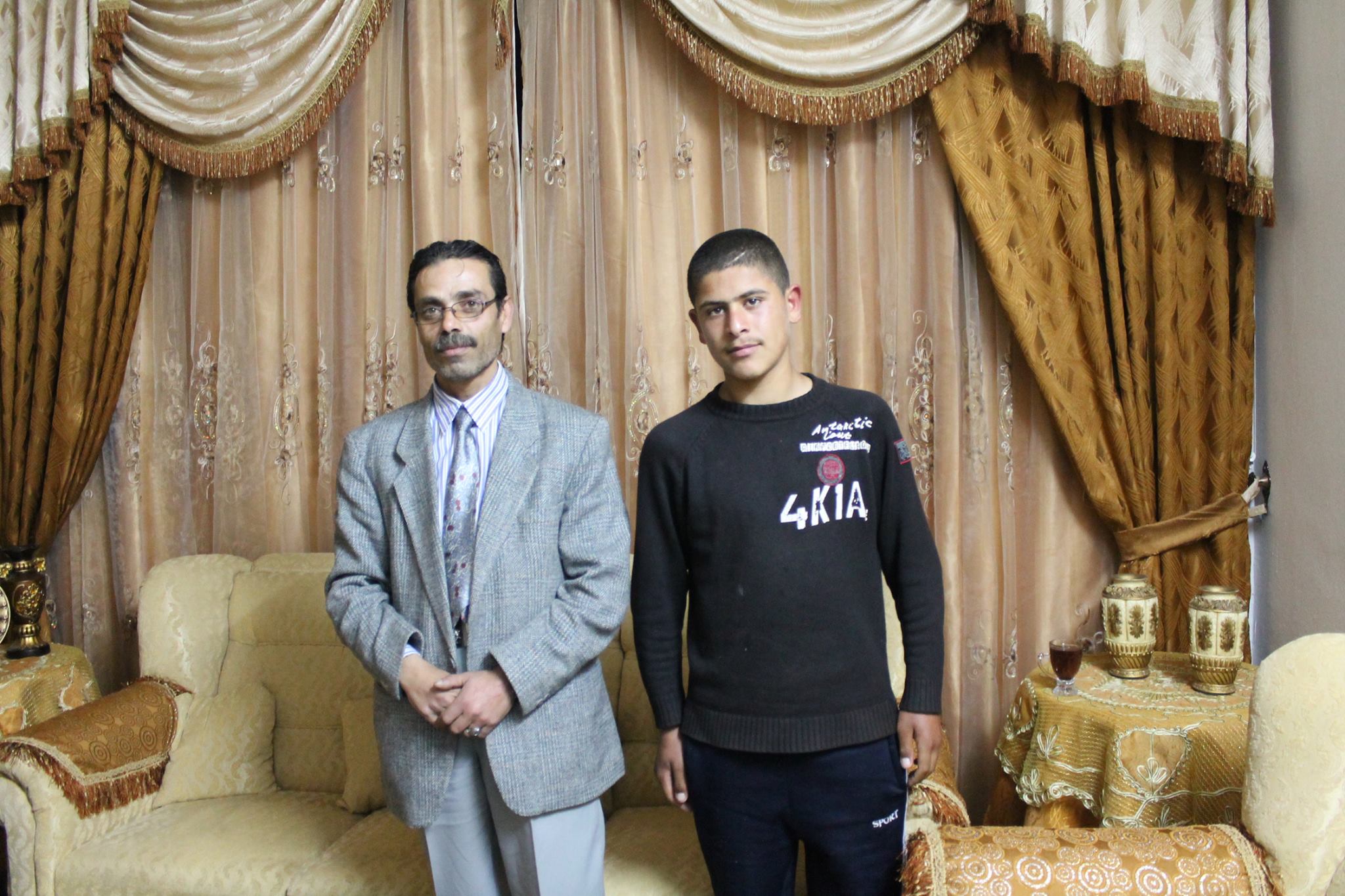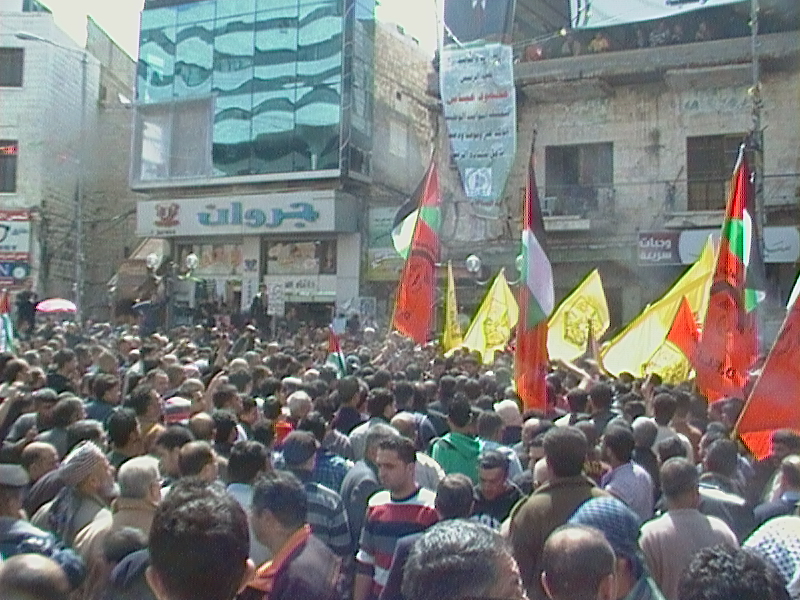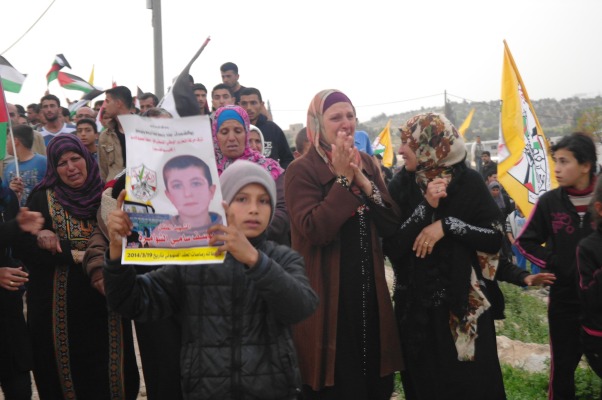-

Israeli forces arrest and hold 13-year-old for seven hours
20th March 2014 | International Solidarity Movement, Nablus Team | Bruqin, Occupied Palestine On Tuesday 18th March, Israeli forces entered the village of Bruqin and arrested 13-year-old Abdel Hafez Mohammed, holding him for seven hours before releasing him later in the day. Abdel Hafez Mohammed Samara was working on his land, picking ‘aqoub’ (a local plant), […]
-

The remains of martyr Ahmad Saleh finally returned to family
20th March 2014 | International Solidarity Movement, Nablus Team | Asira al-Qibliya, Occupied Palestine In June 2002, Israeli soldiers assassinated 18-year-old Ahmad Saleh from the village of Asira al-Qibliya after he entered the illegal settlement of Yizhar. Ahmad’s body was then convicted post mortem to be held for 20 years by the Israeli authorities. Today, […]
-

15-year-old boy murdered by Israeli forces
20th March 2014 | International Solidarity Movement, Khalil Team | Hebron, Occupied Palestine Early yesterday morning, 15-year-old Yousef Shawamri was shot dead by Israeli soldiers near the village of Deir Al-Asal al Fauqa. Yousef and two of his friends were trying to pass though a hole in a wire fence to reach Palestinian land that […]
Action Alert An Nabi Saleh Apartheid Wall Arrests BDS Bethlehem Bil'in Cast Lead Demonstration Denial of Entry Ethnic Cleansing Farmers Gaza Global Actions Hebron House Demolition International law Israeli Army Jerusalem Live Ammunition Nablus Ni'lin Prisoner Ramallah Rubber-coated steel bullets Settlement Settlers Settler violence Tear-Gas Canister Video
